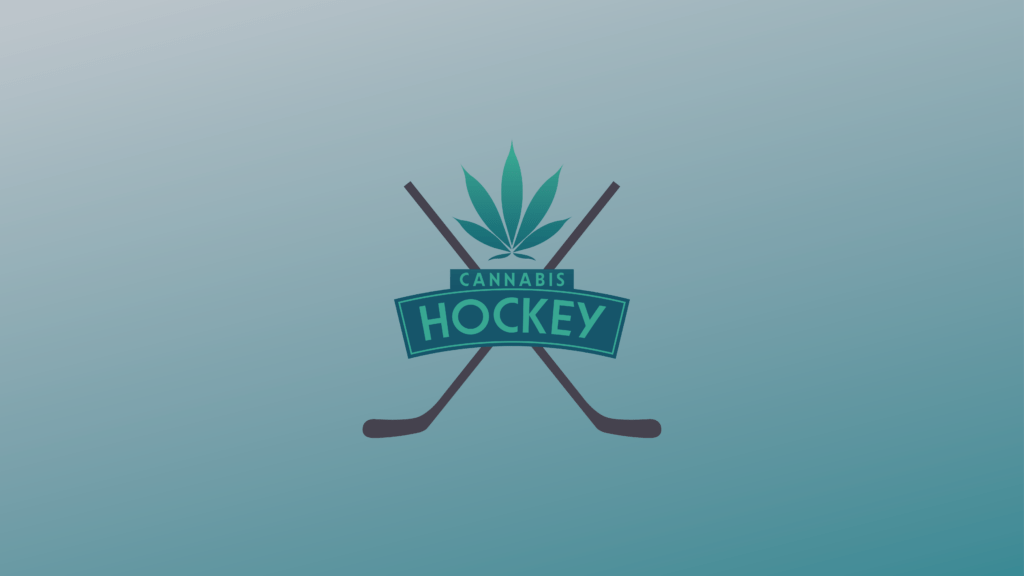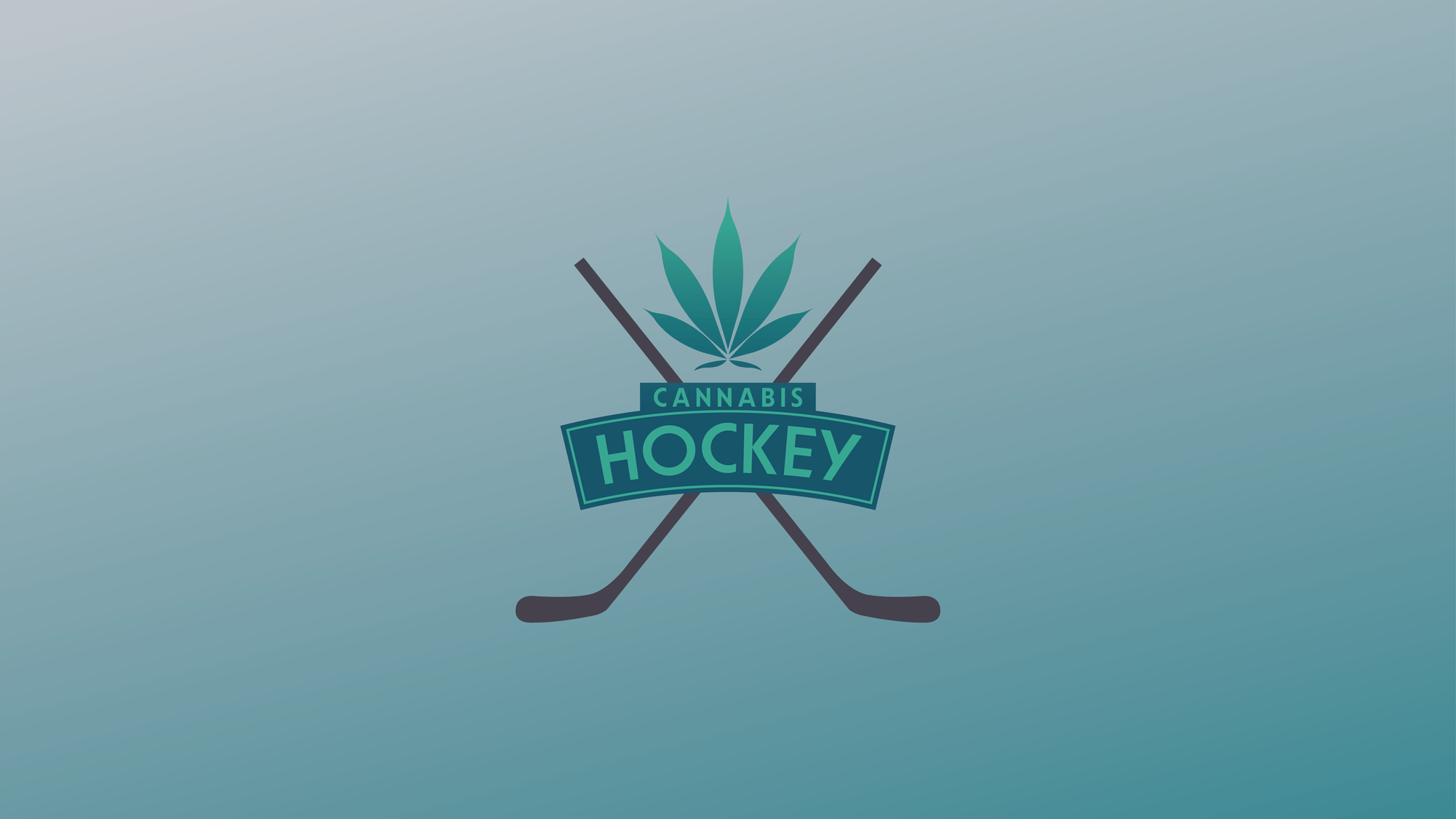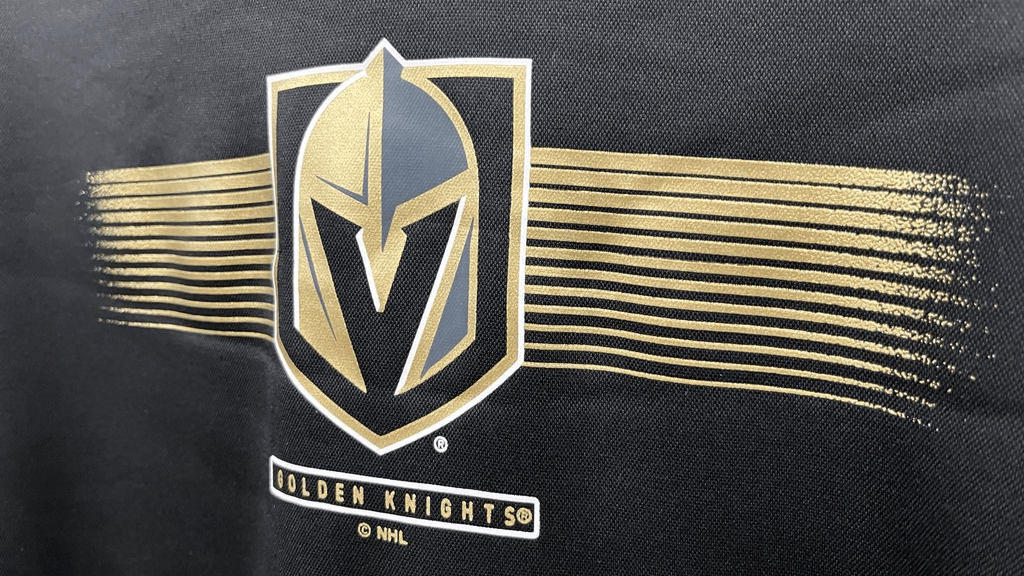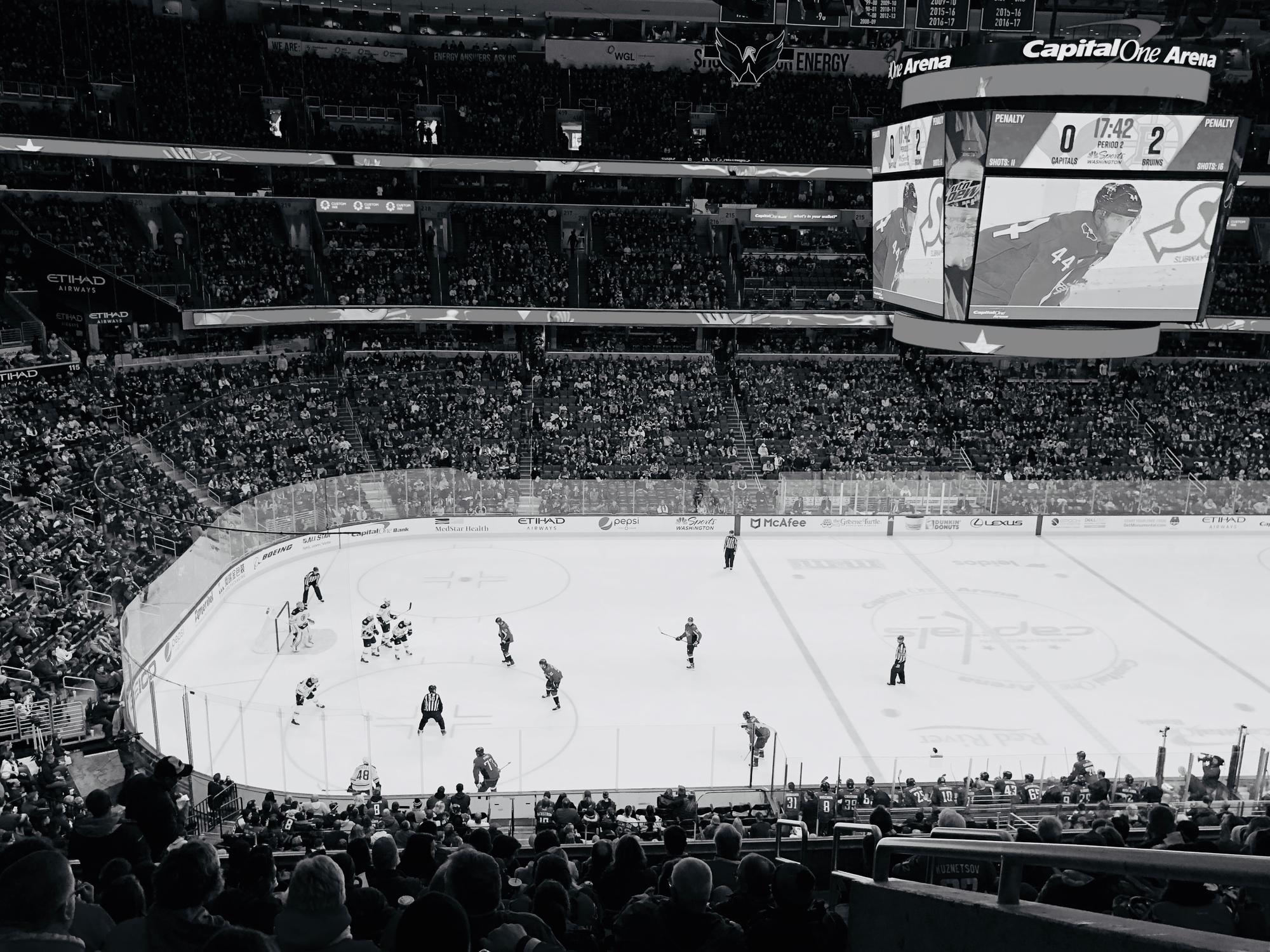Featured articles
NHL’s Drug Policy and Cannabis
As the legalization of cannabis progresses across North America, the NHL’s stance offers a unique perspective within the realm of professional sports. Under the current NHL drug policy, cannabis is not treated as a performance-enhancing substance, but rather falls under the category of substances of abuse.

Latest News
-

Hockey in the 90s vs. Now: What’s Changed the Most?
Hockey has always been a game of speed, skill, and grit—but if you rewind to the 1990s, you’d be looking at a sport that was almost unrecognizable compared to today’s version. From the equipment and playing style to training methods and media coverage, the NHL has evolved dramatically. While the essence of hockey remains—cold ice,…
-

Vegas Golden Knights & Dispensary Tours: A High-Energy Fan Experience
Las Vegas isn’t just about blackjack tables and dazzling lights anymore—it’s home to one of the NHL’s most passionate fanbases and one of the most progressive cannabis cultures in the country. For visitors looking to turn their trip into something unforgettable, pairing a Vegas Golden Knights game with a dispensary tour might just be the…
-

Should NHL Teams Allow CBD Sponsors? Here’s What Fans Think
The NHL has long embraced tradition—icy battles, roaring crowds, and a culture of toughness. But as professional sports evolve and cannabis-derived wellness products find their way into mainstream markets, a new question is skating its way into the conversation: should NHL teams allow CBD sponsors on the boards, jerseys, or broadcasts? And perhaps more importantly—what…

